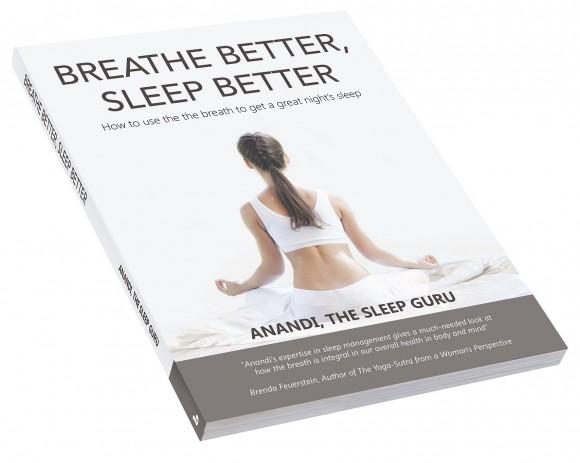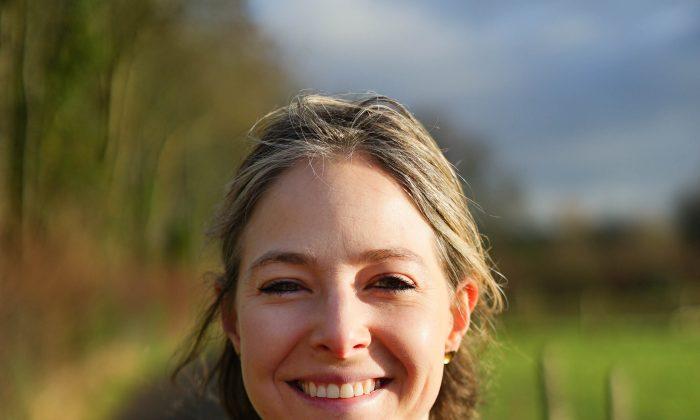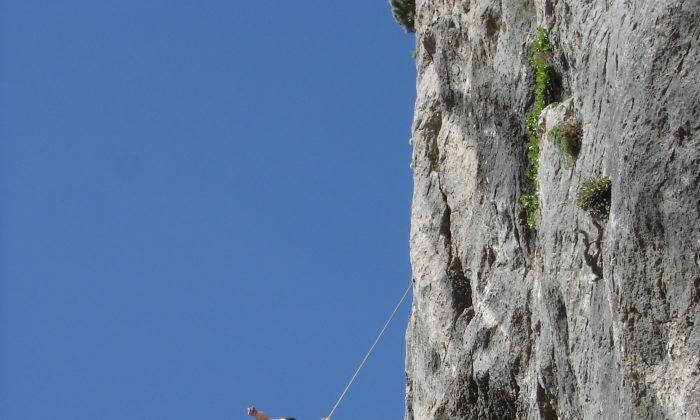Fifteen years of insomnia drove Anandi to despair. Her life and health were in pieces. She discovered using the breath as a healing tool and found the key to a good night’s sleep.
If you try to take a long breath in and out, that is actually a very short breath. What I am talking about is actually lying on your back and being in a completely relaxed state. Your mind is relaxed and then you can make space for the breath.
While “trying” there is a certain amount of tension in the body, so your rib cage is tense and you can’t expand. When you take a deep breath, the breath I am talking about, your body really expands. You have this three-dimensional movement of the thoracic cavity, not just lifting up. Often when people take a long deep breath in, they bring the shoulders round the ears. Because their body is tight, there is no space in the rib cage. When your body is completely relaxed, you get an incredible expansion.

Doing “legs up the wall” for 10 minutes completely relaxes your system. It takes practice – it’s a process of relaxing, releasing and unwinding. We build a lot of tension in the body over time, and we don’t really ever unwind from that unless we practise.
- Organise your space, lie on your back, ensure you’re really comfortable.
- Put cushions under your knees to relax your back. Put a cushion under your neck and have your palms facing up. Adjust yourself so you are totally comfortable. None of your clothes are pulling anywhere and no area of your body is pinching.
- Now take a long deep breath in, a long deep breath out. Let go of the day.
- Rest your awareness on your belly and imagine you’re breathing in and out of the belly. As you do that your breath will naturally lengthen. Don’t try to do anything other than keep your awareness in your belly.
- As you breathe in your belly will naturally rise, and as you breathe out your belly will fall backwards down towards the spine. Just for a moment follow the rise and fall of the belly
- As the stomach rises say to yourself, “stomach rising”, as your stomach is falling say to yourself, “stomach falling”.
- Keep that going in silence for a few moments. Inhale, “stomach rising”, exhale, “stomach falling”… Inhale, “stomach rising … exhale, ”stomach falling"…
- Gently release the words, keep your awareness in your belly and follow the movement of the belly with the mind for a few moments.
- Release your attention from the breath and invite sleep to come into your space.




